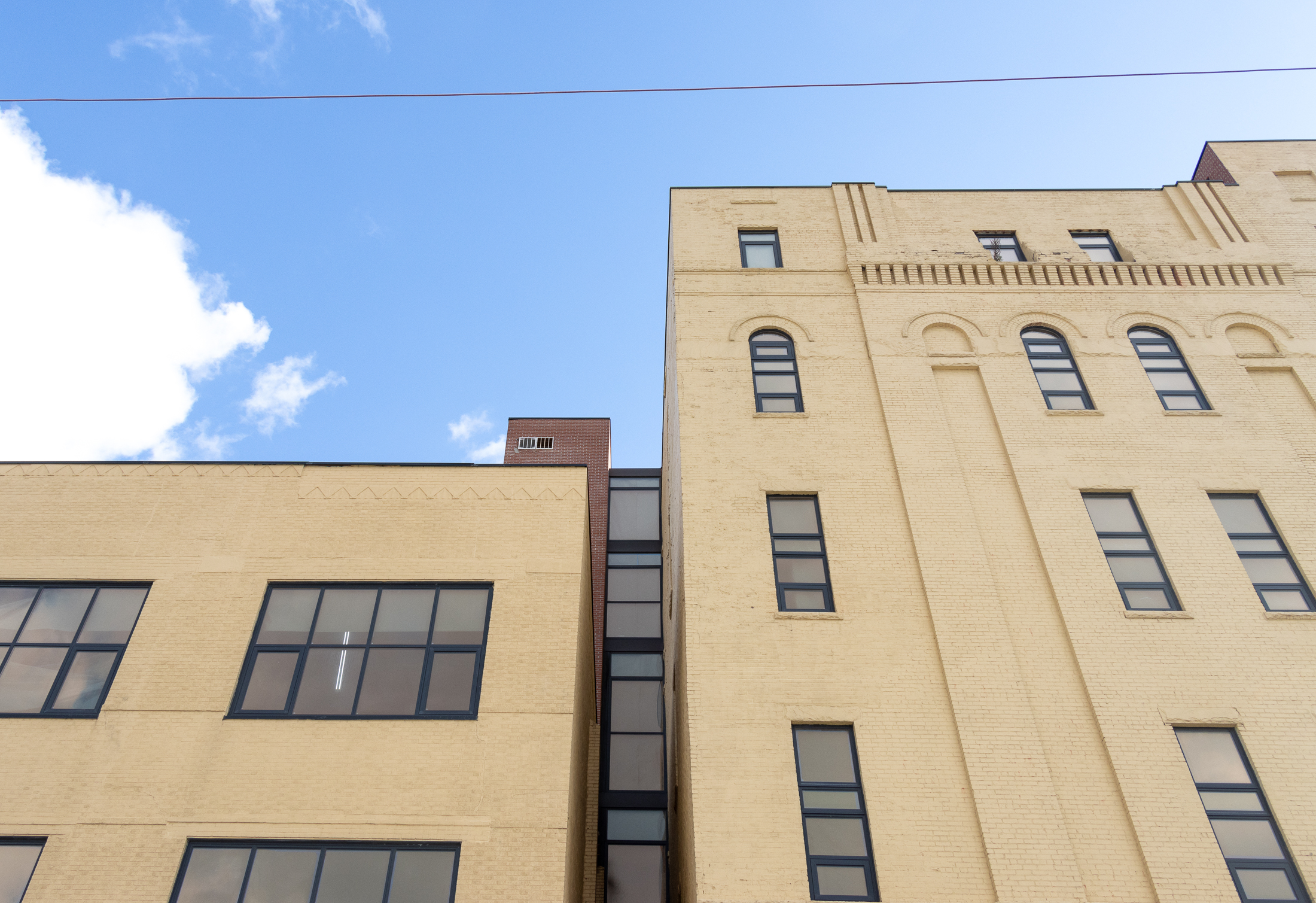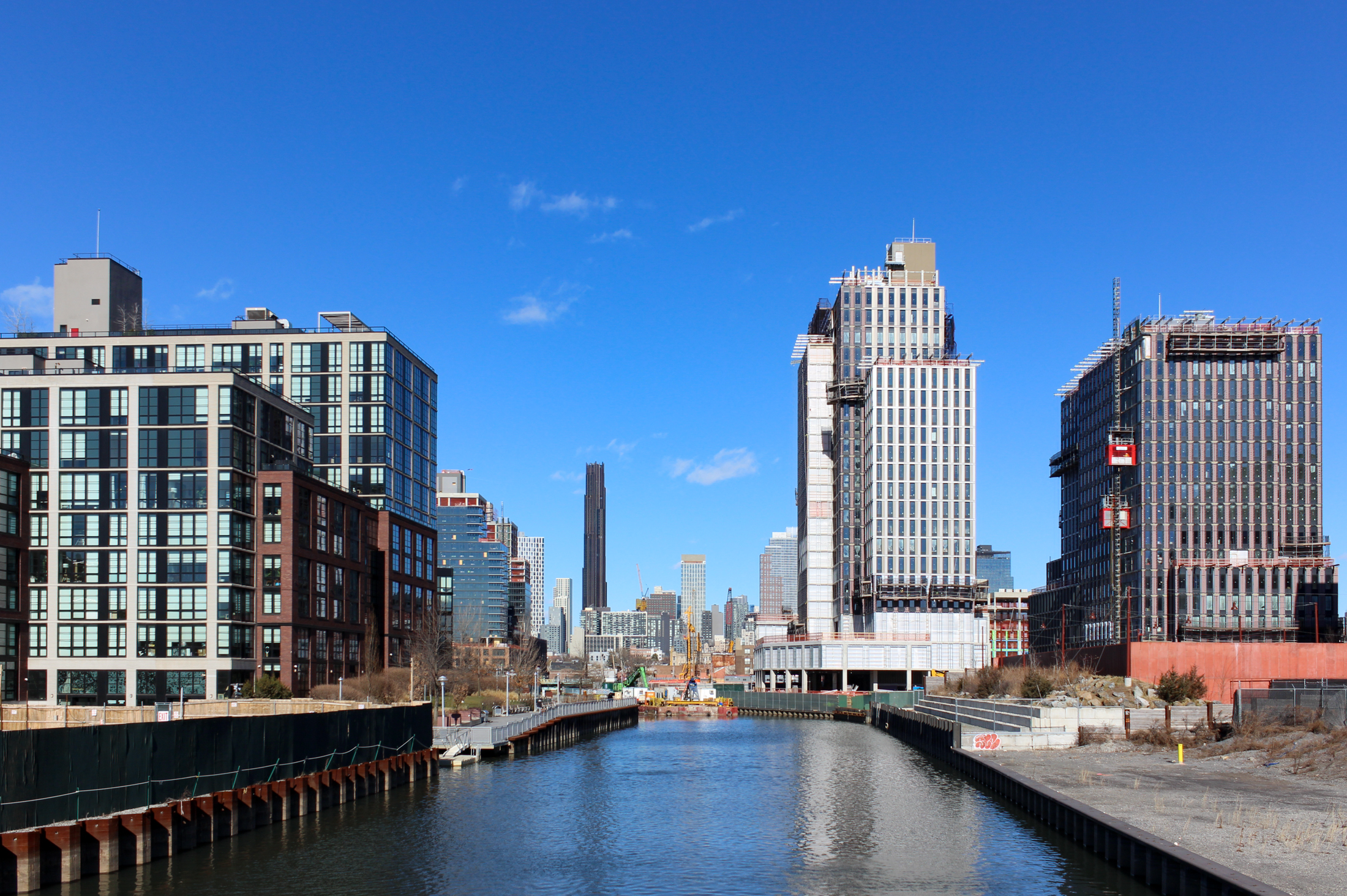Building of the Day: 70-126 9th Street
Brooklyn, one building at a time. Name: Former Thomas Roulston Grocery Warehouse Address: 70-126 9th Street Cross Streets: Between 8th Street, Second Avenue and Gowanus Canal Neighborhood: Gowanus Year Built: In sections, 1904, 1920, 1921, 1951 Architectural Style: Generally Romanesque Revival Architect: Unknown, various Landmarked: No, but included in proposed Gowanus Historic District for the…

Brooklyn, one building at a time.
Name: Former Thomas Roulston Grocery Warehouse
Address: 70-126 9th Street
Cross Streets: Between 8th Street, Second Avenue and Gowanus Canal
Neighborhood: Gowanus
Year Built: In sections, 1904, 1920, 1921, 1951
Architectural Style: Generally Romanesque Revival
Architect: Unknown, various
Landmarked: No, but included in proposed Gowanus Historic District for the National Register of Historic Places
The story: Thomas Roulston, an Irish immigrant, founded the Roulston grocery chain in the 1880s. He ran the business with his two sons, Thomas H. and Henry Roulston. By the time he died in 1918, there were more than 230 stores in the chain, spread across Brooklyn and Long Island. According to advertising and grocery trade sources, Roulston stores were the largest chain of grocery stores in Brooklyn at the turn of the 20th century.
The building at the corner of Second Avenue and 9th Street was the chain’s main office headquarters and also held the company’s warehouse. The company purchased bulk merchandise which was then warehoused here for distribution to the different stores. They also warehoused coal for heating at the different locations. Having the Gowanus Canal at one’s doorway was essential for delivery of coal and other goods.
The building that housed the Roulston complex was constructed in contiguous sections which front on 9th Street. The western section, the best of the building, is four stories tall. It is followed by a one story extension, a two story section, another one story section and a larger two story section that faces Second Avenue. Part of the building runs underneath the Smith and 9th Street elevated train bridge. Although it had at least two or three architects, the building manages to tie together stylistically.
Only the joining one story section in the middle, next to the 2nd Avenue building, has no discernable style. It may have been the 1951 addition. The rest of the buildings have handsome arched windows on the upper floors. The four story wing, the oldest part of the building, is the most attractive. Of the entire complex, that building seems to be fully occupied by business tenants. Thomas Roulston stores were operating until at least 1946, as evidenced by press information. If they had the last extension put on the building, then they lasted until the 1950s. We shall see. GMAP
(Photo:Historic Resources, Gowanus. nyc.gov.)













Tricia718,
The Smith and 9th Station was built at that height because there were still sailing ships using the canal at the time. The station needed to be built quite high so that the masts would clear the structure.
My grandpa, who was born in a house on 9th and 4th ave., told me the reason the F line is elevated is because Roulston refused to move or have his operation interrupted for subway construction. Could this be true?
The writer Pete Hamill’s father worked for Roulston in this building and he used to accompany his mother daily to bring his father lunch at the building. They lived at 378 7th Avenue in the South Slope and there was a Roulton’s on the corner of 7th Avenue and 11th Street until at least the mid-50’s. At least one of the Hamill boys made deliveries for them. I lived on gtthe same block as the store (now Food Train).